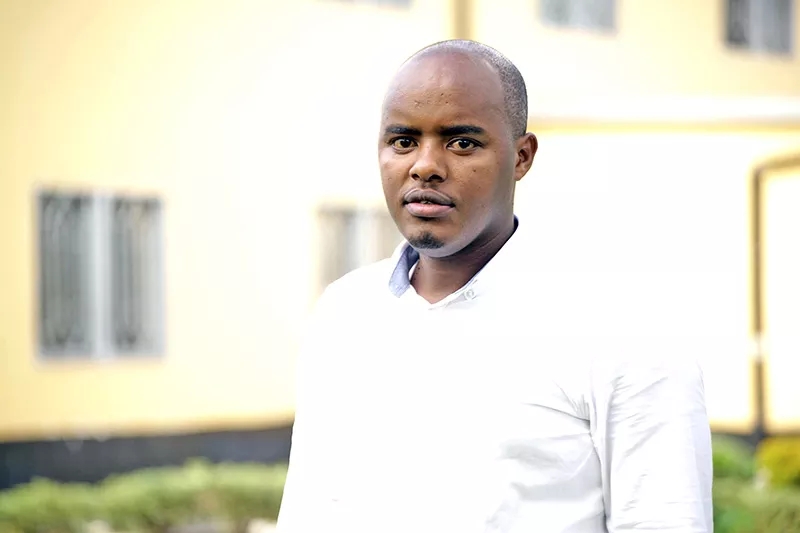
By Nasra Bishumba, The New Times
One of the tragedies that Rwandans were left to grapple with after the 1994 Genocide against the Tutsi is the reality of completely wiped out families.
A family is considered wiped out when both parents and all the children are killed.
After decades of collecting information about families that were completely wiped out during the Genocide against the Tutsi, the president of the Alumni of Genocide Survivors’ Students Association (GAERG), Egide Gatari, says that the exercise is complete. He sat down with The New Times’ Nasra Bishumba to shed more light on this and more.
Excerpts:
The exercise to identify wiped out families has been ongoing. What is the current status with regard to identifying these families?
The exercise to identify wiped out families kicked off in 2008. Our resources were limited so obviously this slowed down the exercise. We started off with a few districts in partnership with our members who were born in these particular areas, grassroots IBUKA leadership at the district level, sectors, cells and villages.
We used the method that was almost similar to the one used to collect information during the Gacaca courts. Picking the district of focus in the search was mostly based on where these families would be remembered that particular year.
The exercise ended last year and the families that were completely wiped out are 15,593 comprising of 68,871people.
Are these numbers the final ones or should we expect to see any changes in future?
We cannot confirm that these are the final numbers because first of all, there are areas that were inhabited exclusively by Tutsis, where they were completely wiped and the neighbouring villagers are not ready to share any information.
Secondly, we have people who have since moved to these areas and have no information regarding those who perished. This is common in urban centres.
Now that the exercise is complete, how is this information going to be utilised?
This is evidence. I say this in the context that those who prepared the genocide, supported and executed it had a plan to wipe out Tutsis and to an extent they achieved that.
Secondly, since 2008, GAERG used information regarding wiped out families to not only remember them but to keep the legacy where we say that because we survived, they shall never be forgotten. More specifically, GAERG has started a project to write a book and we are putting together a Digital Database regarding these families. All this is being done in a modern way so that generations to come will know these families.
What lessons did you draw from the process to collect the information about wiped out families?
The lessons were very many and we continue to learn more. For instance, the process emphasised the value and the need to make remembering these families our obligation.
It also emphasised the importance of teamwork. If it wasn’t for the support that we got from local leaders, we wouldn’t have found all the information that we needed.
Taking the first step is important. When we started off this exercise, we had no resources and yet this is the kind of project that requires you to travel to many villages. We also had to trace the people who knew something about the victims, who unfortunately are scattered in different provinces.
However, we were determined. We felt that even if it took us 100 years, we would achieve our dream to know more about these families. Finally, we got support from government institutions, members of GAERG, individuals and other organisations and 11 years later, here we are.
There are many lessons that Rwandans can draw from these families. When you look at what they used to do professionally, their social lives, the kind of country that they wished to live in, there is a lot that they can teach you. You will realise how we lost people, their intellect, their gifts and much more.
We hope to highlight all this in the book.
Do you worry that there are families that we will never know?
It is very possible. There are reasons I mentioned above but also, we have cases where families had moved to new places and had not yet been familiar to the community around them and were killed based on the ethnicity in their ID.
What can you tell Rwandans during this period to commemorate those who were killed during the genocide?
As Rwandans, we should all work together so that all the information that we have about wiped families comes to light. After we have uploaded the list of these families and their details, we will also give those with information space where they can provide additional information or new information. Of course, all this information will be subjected to verification. We still have a long way to go.
So what next?
The next big plan is to complete the project to write the book and to put together the database of these families. To achieve this, we need Rwf65m. So far, we have only Rfw15m of this but we are hopeful that with support from anyone who wants to keep the memory of these families alive, we will achieve this goal.
